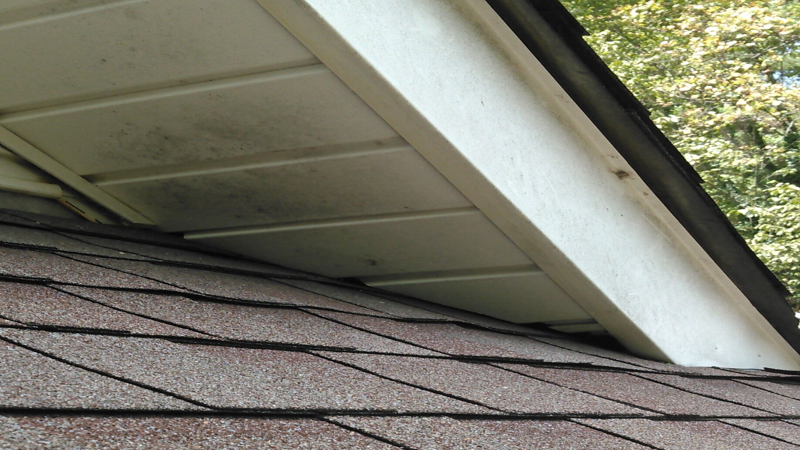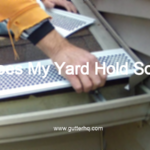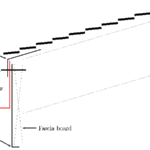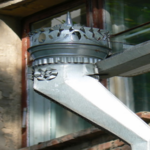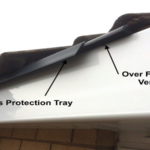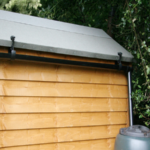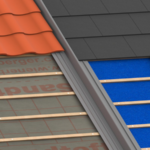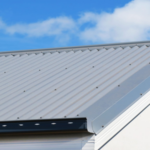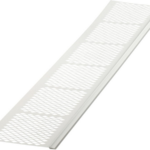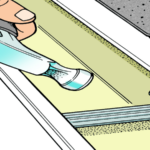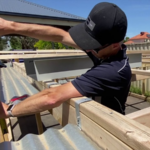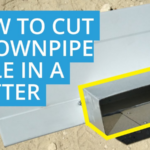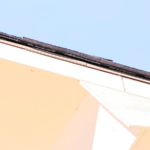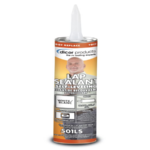In general, anything that can absorb water can be used to soak up water in a yard. This can be helpful if there is standing water in the yard that needs to be removed, or if you simply want to soak up some water to prevent mud from forming.
What will absorb standing water in yard?
There are a few things you can do to absorb standing water in your yard. One is to use a garden hose to direct the water to a specific location, such as a drainage ditch. Another is to use a pump to remove the water from the area. Finally, you can use a sump pump to remove the water from the ground.
How do I get my yard to absorb water?
If your lawn is constantly soggy or flooded after a rain, it’s time to take action to improve your yard’s drainage. Waterlogged lawns are not only unsightly, they can also create an ideal environment for harmful fungi and other diseases that attack grass. The first step is to figure out where the water is coming from. If the problem is runoff from an adjacent property, you may need to talk to your neighbor about the issue. If the problem is due to poor drainage in your yard, there are a few things you can do to improve the situation.
One way to improve drainage in your yard is to create a drainage swale. A swale is a shallow ditch that is dug along the contour of your property. The ditch should be lined with rocks or gravel and should be sloped so that water runs off your property. Another way to improve drainage is to install French drains. French drains are perforated pipes that are buried in the ground and collect water as it drains through the soil. The water is then carried away through the pipe to a lower area of your property.
If you have a waterlogged lawn, there are a few things you can do to improve the situation. Create a drainage swale or install French drains to help collect and carry away water. aerate your lawn to improve drainage and prevent water from pooling on the surface.
What can absorb water outside?
- Soil: Soil can absorb a great deal of water, which is why it is often used in landscaping to help control runoff.
- Mulch: Mulch is another material that can be used in landscaping to help absorb water. It is often made from organic materials like bark or leaves, and can help keep the soil moist.
- Rocks: Rocks can also absorb water, though they may not retain it for as long as soil or mulch. They can be used in landscaping to help control runoff and keep the soil moist.
- Plants: Plants are natural absorbers of water, and their roots can help to hold moisture in the soil.
How do you dry up a wet yard fast?
There are a few things you can do to dry up a wet yard fast. One is to rake the area to loosen up the wet soil and allow the water to drain. Another is to spread a layer of mulch or straw over the area to help absorb the water. Finally, you can also use a fan or other type of air blower to help dry the area out.
What is the best dirt to absorb water?
There are many types of dirt that can absorb water, but the best type of dirt for absorbing water is sandy soil. Sandy soil consists of large particles that allow water to seep in and be stored between the particles. This type of dirt is found in many locations around the world, such as deserts and beaches.
What absorbs water quickly?
There are many materials that can absorb water quickly, such as sponges, paper towels, and cloth. When water is absorbed, it is pulled into the material by the forces of attraction between the water molecules and the molecules of the material. The more water a material can hold, the more it is said to be absorbent.
Why won’t my yard soak up water?
There are a few reasons why your yard might not be absorbing water the way it should. The first reason could be that your yard has a lot of clay in the soil. Clay soil is great for holding water, but it doesn’t allow water to penetrate very deeply. This means that when you water your yard, the water will sit on the surface and won’t be able to seep down to the roots of your plants.
Another reason could be that there is a layer of thatch on your lawn. Thatch is a layer of dead grass, leaves, and other organic matter that can build up on your lawn over time. This layer can prevent water from getting down to the roots of your plants, which will make it hard for them to absorb water.
If you’re not sure why your yard isn’t absorbing water, you can ask your local nursery or garden center for help. They should be able to give you some advice on how to improve the drainage in your yard.
Final Talk
By taking these steps, you can help reduce the amount of water that stays in your yard and help prevent flooding.
